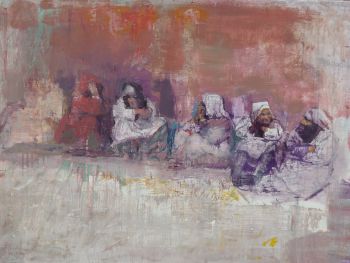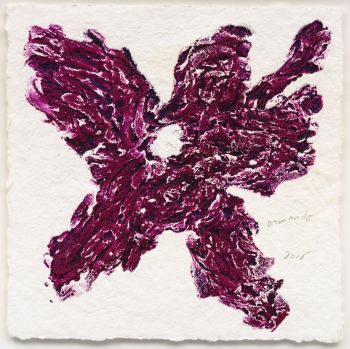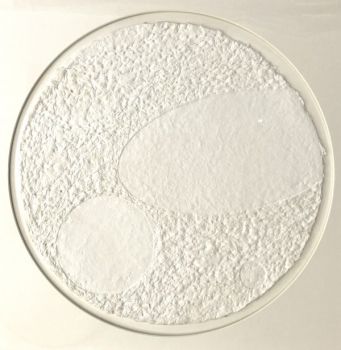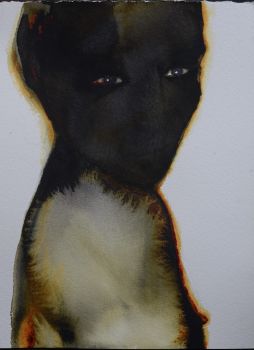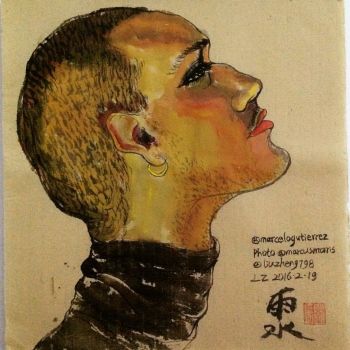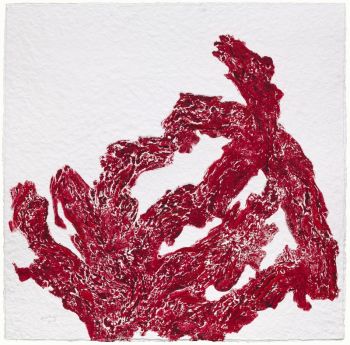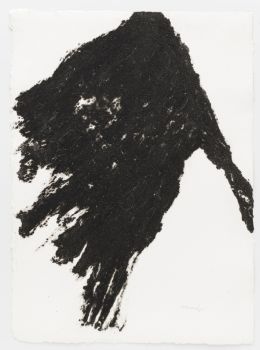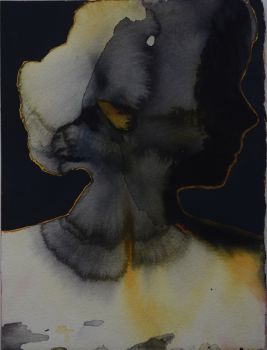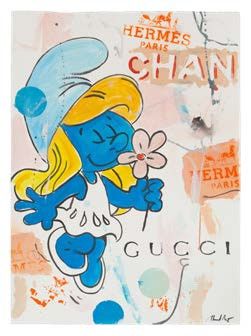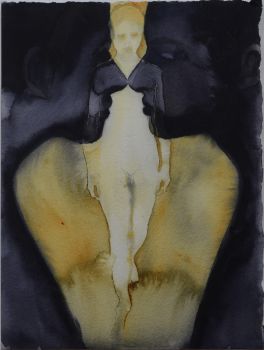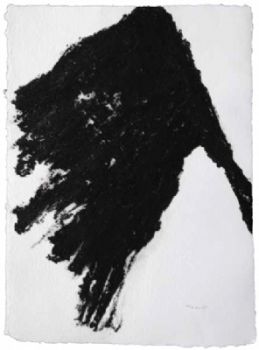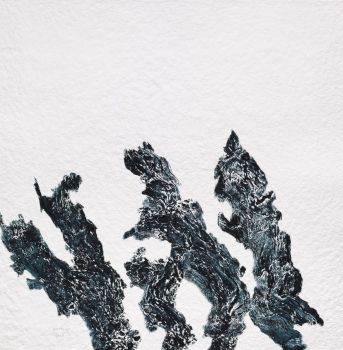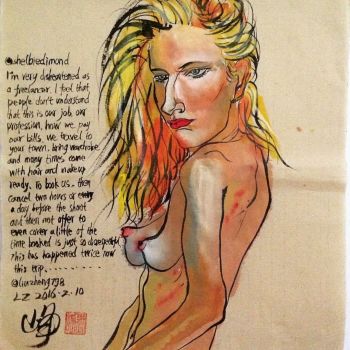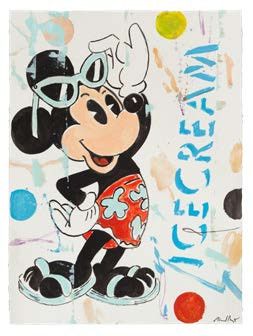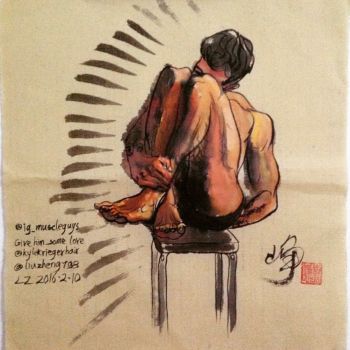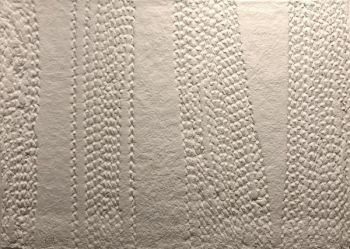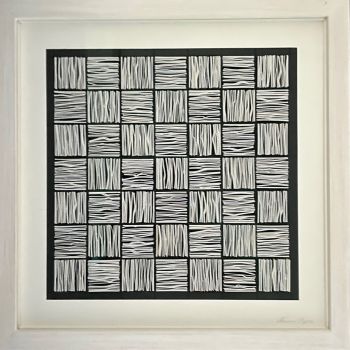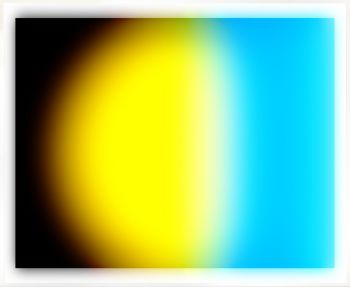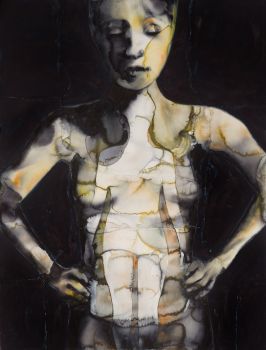Elaborately decorated and illustrated Islamic prayerbook 1784 - 1785
Muhammad ibn Sulaiman al-Jazuli
PaperGoldHandmade paperWatercolourLeather
14.50 ⨯ 10 cm
Currently unavailable via Gallerease
- About the artwork[Dala'il al-khayrat (Tokens of beneficial deeds)].
[Ottoman Empire], 1199 AH [= 1784/85 AD], with some later additions.
Small 8vo (14.5 x 10 cm).
Arabic manuscript prayerbook written in black ink in a neat naskh Arabic hand, with well over 50 headings in red, the opening of the main text decorated with a floral design, 2 full-page perspective views in coloured inks showing the Masjid al-Haram (the Great Mosque) in Mecca, with the Ka'ba in its central plaza, and the al-Masjid an-Nabawi (the Prophet's Mosque) in Medina, about 25 calligraphic roundels, the Prophet's handprint and footprint, several calligraphic seals, 4 pages each with 3 flags, about 20 other pages with pictorial or semi-pictorial images with calligraphic inscriptions, numerous other inscriptions in circular borders and nearly every page in a rectangular border.
Richly gold-tooled, tanned sheepskin(?) (ca. 1815?) with a flap that wraps around the fore-edge, rebacked.
A richly decorated Islamic prayerbook in Arabic with extensive pictorial, semi-pictorial and floral decoration and calligraphic roundels, executed in the Ottoman Empire in 1199 AH (1784/85 AD). The Dala'il al-khayrat (sometimes translated as Proofs of good deeds or Waymarks of benefits) is a prayerbook invoking peace and blessings for the prophet Muhammad. It was written and compiled by Muhammad ibn Sulaiman al-Jazuli (807-870 AH or 1404/05-1465 AD), a Moroccan scholar in the mystical Islamic Sufi movement, and became one of the most popular Islamic prayerbooks, especially in the Ottoman Empire. al-Jazuli's inspiration for the prayerbook is said to have come before he left Fez for forty years in Mecca, Medina and Jerusalem, but he finalized it in Fez in the last years of his life. Some of the illustrations traditionally included in the book, including the views of the Mecca and Medina mosques, were added after his death. Many of the "illustrations" comprise texts written within a gold outline with the form of a vase, long-necked bottle, pair of trees, sword, etc., the whole in a rectangular border with a coloured background. A few are more pictorial, showing the Ka'ba, a dallah (coffee pot) and other items.
With a chip in the first leaf, just touching the text, a couple leaves torn along the border and many bifolia separated at the gutter fold, some water damage at the foot of the gutter margin and a few minor stains and tears (some repaired). The text and pictorial imagery in most leaves nevertheless remains in very good condition. The binding shows some wear, mostly at the extremities, but the rest of the tooling remains in good condition. An elaborately decorated and illustrated Islamic manuscript prayerbook from the 18th-century Ottoman Empire. - About the artistMuhammad ibn Sulaiman al-Jazuli (1404/1405 – 1465, Safi), full name Abu Abdullah Muhammad ibn Sulaiman ibn Abu Bakr al-Jazuli al-Simlali (Arabic: : ابو عبدالله محمد ابن ملالي الحسني ّ سليمان ابن ابوبكر الجزولي الس ), also known as Imam al-Jazuli, Sheikh Jazuli or AlJazuli, Al-Jazuli lived in the Sous area of Morocco. After studying in his own region, he went to the Madrasat As-Saffarîn in Fez, where his room is still open to visitors today. There he also met the famous jurist and mystic Ahmad Zarruq. Afterwards he spent forty years in Mecca, Medina and Jerusalem. Eventually he returned to Fez where he completed the prayer book Dala’il al-Khayrat, that became one of the most popular Islamic prayerbooks, especially in the Ottoman Empire. Al-Jazuli was a Moroccan scholar in the mystical Islamic Sufi movement. He gathered many followers around him in Safi. The governor of Safi murdered him by poisoning. In the northern part of Medina of Marrakesh sultan Ahmad al-Araj (1517-1544) had built a mausoleum for Muhammad ibn Sulaiman al-Jazuli.
Artwork details
Category
Subject
Material & Technique
Related artworks
Engelbert Kaempfer
ENGELBERT KAEMPFER BOOK1651 - 1716
Price on requestZebregs & Röell - Fine Art - Antiques
Tilmanus Nicolaus Maastricht
Missale Romanum with Dutch silver mounts1788 - 1792
Price on requestJacob J. Roosjen SRI
Antonie Derkinderen
Memory book Exhibition of Dutch Painting1892
Price on requestKunsthandel Pygmalion
LAWRENCE WEINER
"SKIMMING THE WATER [MENAGE A QUATRE]" Signed book plus small artwork2010 - 2014
Price on requestGallerease Selected
Yoko Ono
YOKO ONO: "ARISING" SIGNED BOOK PLUS SMALL ARTWORK 2010 - 2014
Price on requestGallerease Selected
Hermann Nitsch
"UNDER MY SKIN" Signed book incl. small artwork and DVD in a matching box2010 - 2014
Price on requestGallerease Selected
Engelbert Kaempfer
ENGELBERT KAEMPFER BOOK1651 - 1716
Price on requestZebregs & Röell - Fine Art - Antiques
Antonie Derkinderen
Memory book Exhibition of Dutch Painting1892
Price on requestKunsthandel Pygmalion
1 - 4 / 22- 1 - 2 / 2
- 1 - 4 / 24


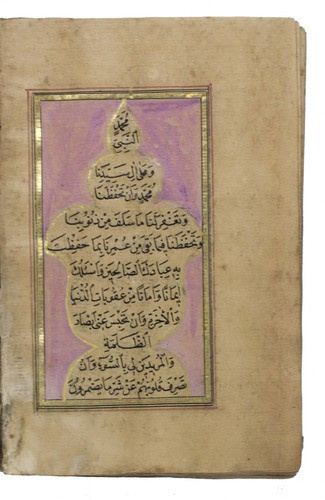











!["SKIMMING THE WATER [MENAGE A QUATRE]" Signed book plus small artwork by LAWRENCE WEINER](https://media-2.gallerease.com/images/442bfd5f-fc31-4e18-a2fa-ee0c08eade64/350x350/skimming-the-water-menage-a-quatre-signed-book-plus-small-artwork.jpg)












